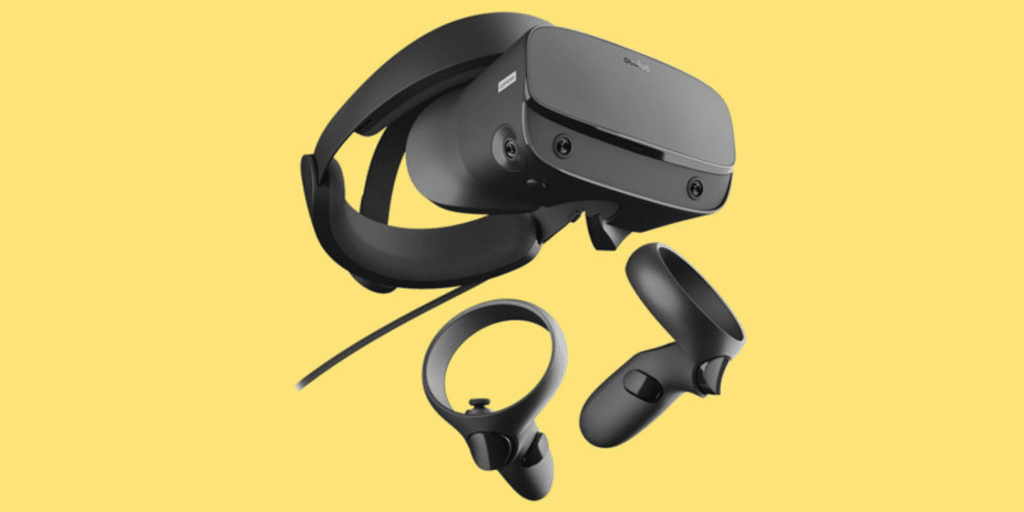Guidance on Cleaning VR Headsets
Disclaimer: This is not medical advice. Any guidance we provide on how to clean your VR headset should not overrule protocols your institution may already have in place or the need for specialist advice to be taken. Rather, this is guidance collated from various sources that you may find useful.
Background
The SARS-CoV-2 (COVID-19) virus is thought to be able to survive up to 72 hours on plastic. Your options are, therefore, to quarantine your equipment or decontaminate it. The information below covers decontamination as well as general measures to prevent transmitting COVID-19 during VR sessions.
General measures
- First, assess learners for potential symptoms or exposure risk before they use the VR headset. Record who uses the headsets to facilitate contact tracing.
- As per your departmental protocols, maintain a safe distance between learners, wear masks where practical, and ensure regular hand-washing.
- If a learner cannot use the VR headset, they can always run OMS simulations on-screen using the mouse and keyboard. These should be cleaned using your usual protocols.
Cleaning methods
- Wash your hands before using the VR headset and handling shared equipment. Use nitrile gloves while cleaning and dispose of gloves after each use. Between cleanings, either wash hands thoroughly or use hand sanitizer. Wash your hands thoroughly after each use.
- Ensure the VR headset is cleaned between each use. This should include the interior and exterior of the headset, the controllers, and the computer – pay special attention to the mouse, trackpad, and keyboard.
- Let all equipment completely air dry after cleaning before the next use – ideally for at least 10 minutes.
- Use a dry microfiber cloth to clean the lenses to avoid smudging.
- Never use abrasive cleaners on VR headsets or other plastic equipment.
Cleaning products
Alcohol-based cleaning products
Different products have different effects on the survival of COVID-19. Alcohol-based products appear to be most effective against COVID-19. However, many equipment manufacturers specifically advise against alcohol, as long-term, it can dissolve certain plastics, make plastic less flexible, or discolor it.
Non-alcohol-based products are also available; while they do appear to be effective, they are perhaps not as effective as alcohol-based products. Ultimately, you should weigh up the potential long-term damage to your headset against achieving maximum protection for your learners.
Note that alcohol-based products should not be applied to the lenses of the headset under any condition.
Non-alcohol-based cleaning products
If you’d prefer to protect your VR headset from the potential damage caused by long-term usage of alcohol-based products, non-alcohol-based products are a good alternative. These appear to be highly effective, provided you use them correctly.
Always follow the manufacturer’s instructions. In particular, ensure the surface of the VR headset becomes visibly wet and that the hardware is fully dry before the next learner uses it.
Face pads
Your current headset face pads may be porous and therefore have the potential to harbor viruses. Cotton coverings and disposable face pads often allow moisture through, so they are generally not advised. Instead, you can use removable waterproof face pads to increase the ease of disinfecting the whole headset.
Examples: vrcover.com; kiwidesign.shop
UVC light
You can decontaminate VR headsets by exposing them to UVC light for a specific amount of time with a certain wavelength. These lights and light boxes are commercially available – and they appear to be effective. However, they can be costly.
Examples: Cleanbox
Conclusion
There are several approaches to cleaning your VR headset, each with different pros and cons.
Ultimately, it is up to you to evaluate your budget, decide how much potential damage your VR headset can endure long-term from harsher products, and what level of protection you need to provide your learners.
